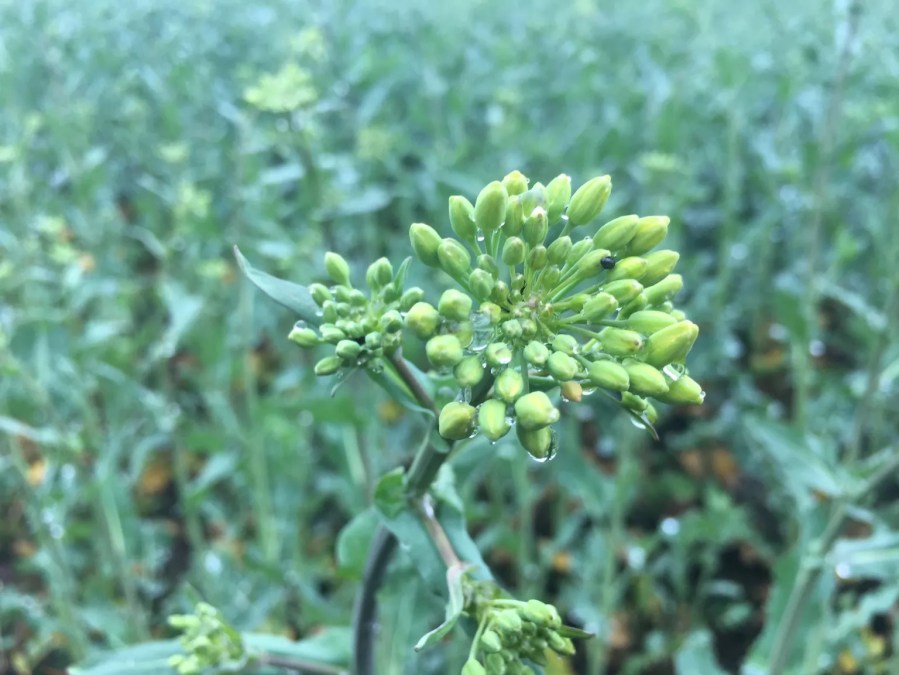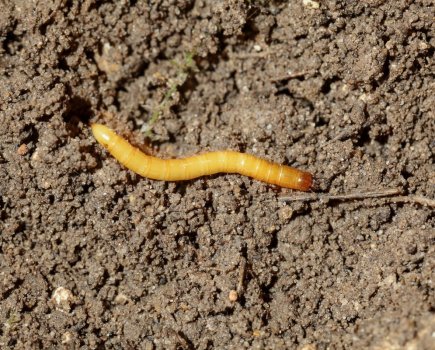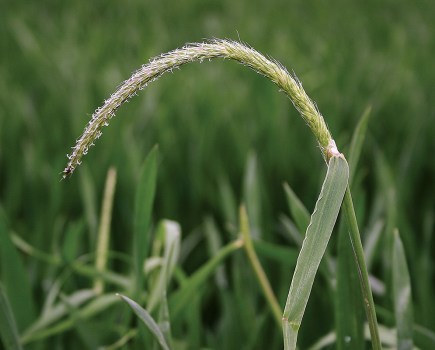Hi-tech optical sensors in fields could provide an effective means of monitoring pollen beetle numbers arriving in oilseed rape, suggests a new study.
Results from an optically sensed field were compared with those baited with standard water traps and in-field counting by hand. The optical sensors recorded an increase in pollen beetle two days ahead of water traps and four days ahead of plant counts.
In terms of early detection and the number of beetles recorded, this was clearly the most efficient pollen beetle monitoring method, explains Professor Emily Bick of the University of Wisconsin-Madison.
“Understanding the dynamics of pest immigration into a crop field helps us to find effective and timely management strategies. Pollen beetle is a significant pest of OSR during budding stage; many farmers in western Europe are abandoning the crop because damage is so severe from pollen beetle, additional insect pests, and reduced availability of approved synthetic insecticides,” she says.
“Better surveillance of in-field pests could help us to identify a way around the problem.”
Partnership study
The study was undertaken by the University of Wisconsin-Madison alongside scientists from Rothamsted Research, FaunaPhotonics A/S and the University of Copenhagen. The methodology involved automated near-infrared optical sensors recording the signal of light backscattered by insects flying through a detector beam.
Researchers were able to record insects in flight and detect each insect’s wing beat frequency, which often differs from species to species. For instance, pollen beetle have a wing beat frequency of 120Hz, so insects within the range of 100–140Hz were considered to be pollen beetle.
Sensors were run continuously in fields in Denmark, alongside parallel experiments on the spatial distribution of pollen beetle in OSR crops at Rothamsted (UK).
In all fields in the study, pollen beetle were found in significant numbers and shown to aggregate; beetle density was related to plant growth stage with more beetles occurring on plants after the budding stage than before inflorescence development.
Rothamsted’s Dr Sam Cook says the study suggests potential for precision agriculture to reduce insecticide use through targeting of pollen beetle aggregations.
“In other words, treating only areas of the crop where pollen beetle density is high. Optical sensing of pollen beetle gives us more efficient monitoring in both time and space, so it’s a promising tool for early warning of insect pest immigration. The aggregation pattern of pollen beetle post immigration could be used to precisely target control measures in OSR crops.”
Aggregation trends
The aggregation of pollen beetle usually occurs first on the downwind edge of a field and then expands to the centre. Early detection via sampling and monitoring should correspond with this migration pattern, allowing for more effective control, adds Sam.
“A network of these or similar sensors at a crop or landscape scale could serve as the basis of a pest map.
“A system that links the number of sensed insects immigrating into a field, the temperature, and the crop growth stage would better predict the risk of economic damage and provide an avenue for fully automated pest monitoring.
“Sensors might even be useful for tracking natural enemies to determine if an insecticide application is necessary considering biocontrol potential. Alternatively, pollinators may be identified in the field to avoid non-target insecticide effects on these beneficials, thereby contributing to both pesticide reduction and biodiversity protection goals for sustainable agriculture,” concludes Sam.




